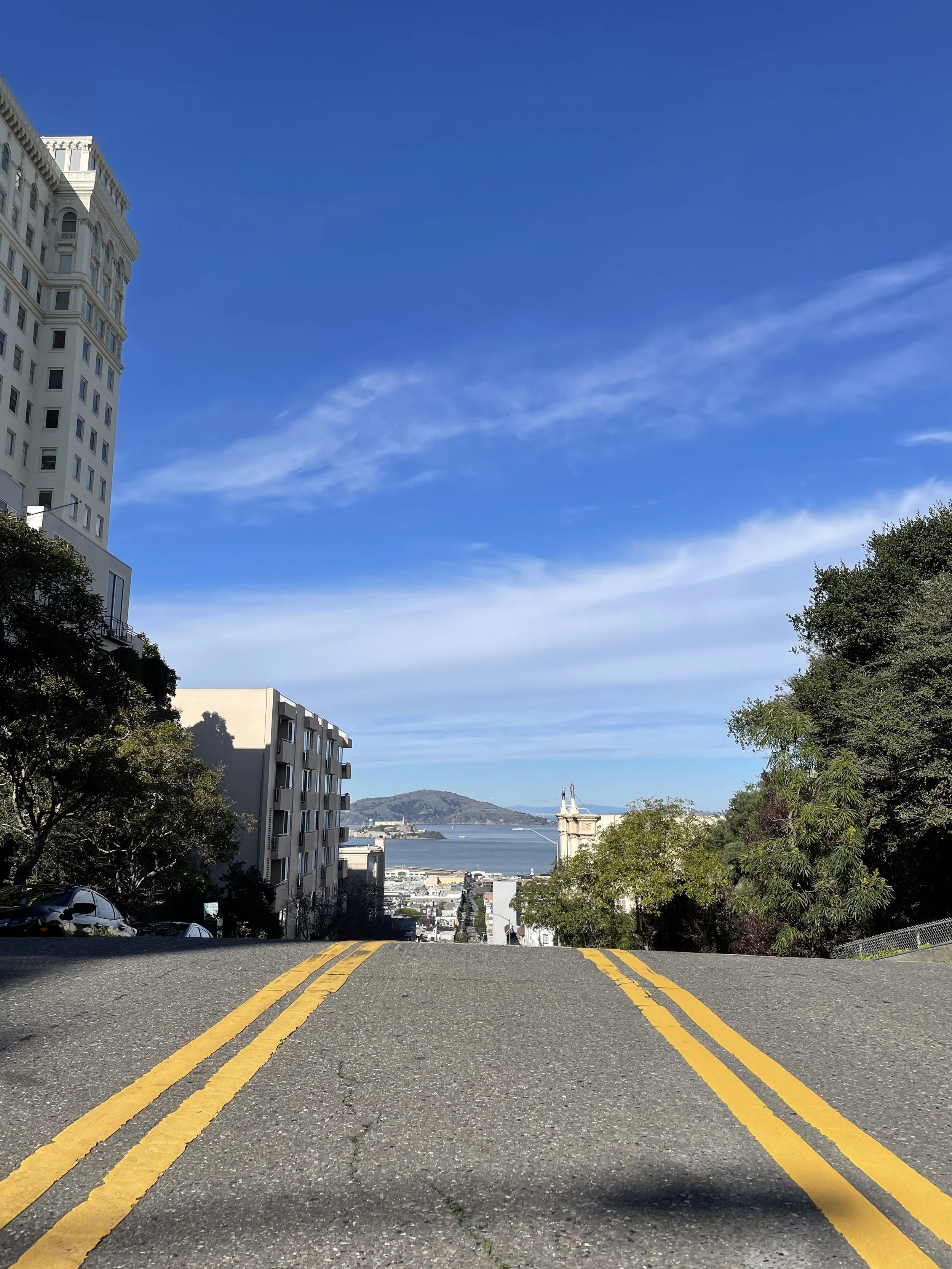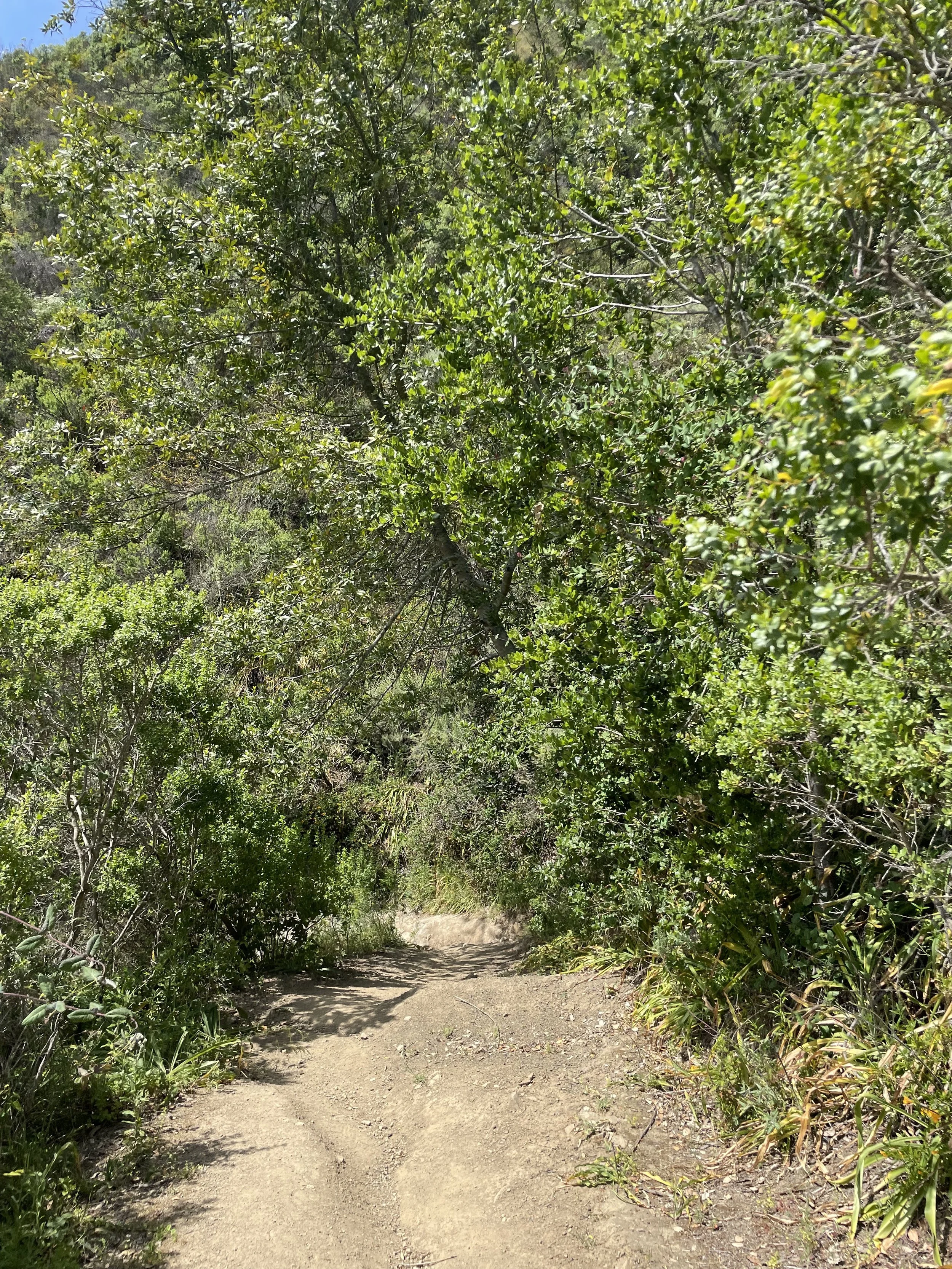Why the heck is change so hard? [Finding Mindfulness Part 2]
Imagine this.
You hear all about the wonders of neuroplasticity and the research showing that our brains are capable of rewiring and restructuring.
Incredible. It is indeed possible to change behavior patterns and create new habits, thought patterns, and mindsets.
So you decide that you want to create a new habit. Maybe it’s not reaching for your phone in every moment of downtime. You are determined to make it stick but you just can’t seem to stop yourself.
Why is this so hard?
Or, suddenly there’s word of upper management changes at work and you find yourself panicky and struggling with anxiety about what might happen. A frequent pattern that you can’t seem to stop.
Here’s the deal, it’s not your fault, and getting angry or frustrated at yourself doesn’t help the situation.
Change is challenging. Let’s dive into what’s really going on.
First, it’s your brain! It hates change. It truly loathes it.
Your brain (and mine!) associates familiarity with safety. So even if what’s familiar doesn’t align with what you truly want the brain deems it safer.
With the unknown considered fearful and dangerous your brain wants to stay rooted in what it knows.
And secondly, your brain loves efficiency. It wants to run on autopilot as much as possible.
This is why so many tasks can be done without thought after you’ve learned them and the neural pathways, think connections and highways, in the brain are set. This is excellent for recall and not expending too much energy each time you want to drive your car or make coffee, but it isn’t so helpful when you want to go a different direction or shift the way your inner dialogue speaks to you.
Ugh, no wonder change is not only scary but really hard.
This is the trouble and the brilliance of our pesky brains!
In our on-demand quick delivering world it’s easy to think that change is easy and fast. However, remember that you’re overcoming and reworking evolution and years of conditioning. It takes time, don’t be so hard on yourself.
The bottom line is that the seemingly fixed patterns of our brains can be rewired and there are various practices of mindfulness to help support you with and through change.
The key is that it takes effort in the form of attention and intention to thrive through changes happening in life, at home or in the workplace, and to initiate and create change within ourselves.
Let’s dive into a little more detail and some actionable mindfulness solutions to make navigating external change and creating internal change possible.
The brain is wired to fear change.
The truth is change is not going away. It’s inevitable in both work and personal life. Bringing awareness to how you react to external change and learning how to respond and thrive is transformational. Mindfulness can support you in this.
Our brains are hard-wired against change. We fear change because it disrupts the consistency and order our brains know and have become accustomed to. Change represents social pain. This is especially true when you look at change in the workplace and all of the areas of uncertainty in life.
The brain associates any type of change in the environment as a threat. This immediately sends the nervous system into fight or flight mode. In this state you’re hijacked by the fear response where critical thinking goes out the window and reactions can be purely emotional.
A potential threat to your social standing and positioning triggers fear. It’s unconscious and research shows that the response to social pain in the body and the networks of the brain is the same as physical pain.
That’s to say that the worry that you might lose your status at work with a new manager coming in or uncertainty of the political environment elicits the same response as burning your hand on a flame.
This is the brain and body’s natural reaction. It wants to keep you safe. But it might not be ideal or most supportive for navigating what’s ahead.
The fear that arises and becomes the background theme of life in turn manifests itself as chronic stress and anxiety. The normal systems in your brain and body that should intervene and regulate the response become overwhelmed and muted.
So how on earth can you combat this?
First, recognize that your brain has not been able to catch up evolutionarily with the speed of change and ever-increasing ambiguity and complexity of today’s world. Pause here. Give yourself a bit of grace.
And then, know that mindfulness can support you in navigating change while maintaining mental and emotional equilibrium. Below are two practices you can use as a starting point to support yourself, your team, and those around you.
Practice Acceptance
Don’t mistake acceptance with giving in or agreeing with it. It’s discernment of truth and acknowledgment of what is with the awareness of what is possible to change or not.
Rather than resisting the reality of what is acceptance opens the path to clarity, action, and flexibility.
By accepting that change is happening, whether it’s a specific event or just in general, you have the opportunity to guide yourself through it with awareness rather than being swept up by emotions.
The below Pause and Non-reactivity practice pairs perfectly with acceptance.
Practice Pause and Non-reactivity
Bring awareness to how you react, physically and mentally, to change in the moment and the potential of change coming towards you.
Notice your thoughts, feelings, and emotions as they come in and out of your consciousness.
Simply observe, do not attach to them.
The more you practice this Pause and allow space between the trigger caused by change or uncertainty and your default reaction the greater opportunity you have to choose a response and decide how you proceed. You might be surprised at the clarity or variety of options available to you.
And now, more on the challenges of making change stick.
The brain loves efficiency.
Efficiency goes hand in hand with the the brain’s reaction to change as a threat.
Millennia of evolution and years of your own conditioning and lived experience have created engrained patterns and pathways throughout your brain.
This allows your brain to conserve energy and increase efficiency by taking the route of least resistance along the known path. Beneficial much of the time, just not when change, especially internal change, is desired.
As soon as you want to initiate change in life you’re asking your brain to create new neural pathways to get the desired response or action. This is like blazing a new trail through the woods versus taking the well-marked highway to connect two places.
Blazing that new trail is tough going, it takes time, energy, and most of all commitment. But when you come back to it time and time again the trail gets wider, it’s more engrained in the landscape, and ultimately becomes a new highway.
Establishing new pathways in the brain is possible thanks to neuroplasticity. What we think about and how we think about it creates firing patterns in the brain. Trigger that firing pattern enough times forms the new pathway and the old one will deteriorate.
It’s not one and done, it takes repetition.
This is where attention and intention become paramount and mindfulness can support you.
If you want to stop grabbing for your phone every time you have moments of downtime you have to bring attention to the behavior and then trigger the new pattern of not picking your phone up over and over again. It’s also helpful to bring awareness to what is causing the behavior, is it overwhelm, boredom, desire for connection.
You’ll be imperfect and you’ll fall back into old patterns, that’s normal. Rather than beating yourself up consider that positive reinforcement and recognizing small wins helps boost recall of the desired state.
Below are two mindfulness practices that take very little time but can be impactful. Remember, attention and intention are keys to creating lasting change.
Present Awareness
Present Awareness is a mindfulness practice to catch yourself when you’re in autopilot, lost in thought, and your default actions have taken over. Awareness is the critical first step.
When you wake up out of autopilot and shift your attention to the present moment you’re able to observe the experience objectively and choose how you respond. With repetition, bringing awareness, and choosing your desired next step you can retrain and rewire your brain.
To Practice Present Awareness
Pause
Notice that you’re in autopilot
Bring your attention to the present moment
Observe your experience without judgment
Choose how you want to respond/act
Journalling
Journalling is a useful mindfulness practice for self awareness and uncovering unconsious thoughts. It helps you to get thoughts and emotions out so that they’re not ruminating over and over in your head.
You can journal simply free form or use prompts to target specific topics or experiences.
What are the desired changes I want to make?
What would it be like to show myself compassion?
How do I desire to show up?
What attitudes do I want to embody?
Whew, the brain is pesky indeed. Change is a challenge yet you’re up for the task of navigating it, thriving through it, and initiating those shifts and changes you desire in life. Mindfulness can support you in all of it.
In addition to the few practices mentioned here I’ve created a free Simple Mindfulness guide that gives you ten practices that can each be done in less than five minutes.
If you missed the first in this Finding Mindfulness series, Myths of Mindfulness, you can catch up here. And, stay tuned for the next installment in this four-part series, ‘Fighting Distractions and Finding Focus’.
If you’re eager to dive into more of how mindfulness and Pause can support you, or your team, let’s connect.
Find Your Pause. Find Mindfulness.
*NOTE: I’ve been obsessed with the science and neuroscience related to mindfulness and neuroplasticity for years now. I’m no scientist myself but I love reading up on it and learning. My recent Mindfulness Facilitator and Teacher certifications from the Institute for Organizational Science and Mindfulness solidified much of my own learnings and experiences while lighting the fire to share more broadly. And two books that are top of my list are Buddha’s Brain by Dr. Rick Hanson (the first book of this type that drew me in!) Nicole Vignola’s recent book Rewire .


